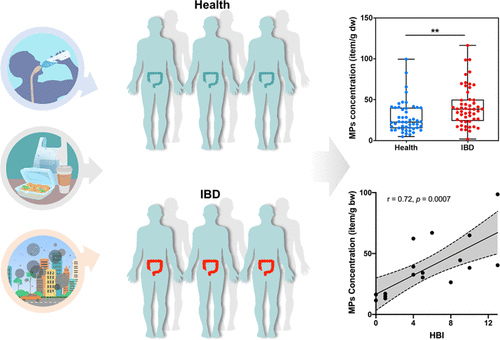High-Frequency Spinal Cord Stimulators Provide More Pain Relief
/By Pat Anson, PNN Editor
Spinal cord stimulators are often considered the treatment of last resort for patients with intractable or severe chronic pain. The surgically implanted devices emit low levels of electricity that reduce pain signals, but have high failure rates and often have to be removed because they’re ineffective, cause infections or need new batteries.
Two new studies suggest there are ways to improve the success rate of spinal cord stimulators (SCS) through improved patient selection and the use of high-frequency devices.
Low-frequency SCS (50 Hz) was first approved by the Food and Drug Administration for intractable back and leg pain in 1989. Six years later, the FDA approved high-frequency devices (10,000 Hz), that deliver pulses of electrical stimulation that are shorter in duration, lower in amplitude and do not cause paresthesia, an irritating sensation of tingling or prickling.
In a retrospective study of 237 patients who received stimulators between 2004 and 2020, researchers at the University of California San Diego School of Medicine reported that high-frequency devices were more effective at reducing pain and opioid use than low-frequency ones.
The study findings, published in the journal Bioelectronic Medicine, also show that male patients benefit more than women from high-frequency neuromodulation.
"Our work was sparked by a growing literature that demonstrate sex specific immune pathways differentially contribute to chronic pain processes," said senior author Imanuel Lerman, MD, an associate professor of anesthesiology at UC San Diego Health. "The observed parameter-specific (high versus low frequency) sex-based differences in spinal cord stimulation efficacy and opiate use are definitely intriguing.”
It’s not clear why men benefit more than women, but researchers believe it may be due to the male hormone testosterone having a modulating effect on pain signals. The sex differences may also be due to males and females processing chronic pain differently.
"Clearly more work needs to be done to carefully characterize sex specific pain regulatory pathways that may prove responsive to specific types of neuromodulation and or pharmaceutical therapies," said Lerman.
Improved Patient Selection
Although most patients are required to undergo psychological testing and a trial treatment before getting a SCS, failure rates for the devices remain high at around 25 to 30 percent. With about 50,000 stimulators implanted in the U.S. every year, that means thousands of patients are getting poor results.
To improve patient outcomes, researchers at Florida Atlantic University developed machine-learning algorithms to help predict which patients may benefit from SCS. Working with a cohort of 151 SCS patients, they evaluated 31 features or characteristics in each patient.
Researchers found two distinct clusters of patients which differ significantly in age, duration of chronic pain, preoperative pain levels and pain catastrophizing scores. They used computers to fine-tune the results, identifying the 10 most influential features that contribute the most to a successful SCS implant.
Results of the study, published in the journal Neurosurgery, demonstrate for the first time the ability of machine-learning algorithms to predict long-term patient response to SCS placement. The next step is to validate the data in future patients to ensure that the algorithm is useful in real-world situations, not just computer models.
"Our study resulted in the development of a model to predict which patients would benefit from spinal cord stimulation," said lead author Julie Pilitsis, MD, dean and vice president of medical affairs at Florida Atlantic University's Schmidt College of Medicine. "After we validate this work, our hope is that this machine-learning model can inform a clinical decision support tool to help physicians better choose which patients may be most appropriate."
SCS is no longer limited to patients with intractable back and neck pain. Last year the FDA expanded the use of SCS to include lower limb pain from diabetic neuropathy. Stimulators are also being used on patients with Complex Regional Pain Syndrome (CRPS).
A decision to get a SCS shouldn’t be taken lightly. A 2018 study by a team of investigative journalists found that stimulators have some of the worst safety records of medical devices tracked by the FDA. A 2020 FDA review of adverse events involving SCS found that nearly a third were reports of unsatisfactory pain relief. The review also identified nearly 500 deaths linked to the devices, along with nearly 78,000 injuries and 30,000 device malfunctions.








